The American frontier lives on in communities that grew up around military outposts, trading posts, and territorial strongholds during westward expansion. These towns maintain their historical character through preserved buildings, living history demonstrations, and cultural traditions that connect visitors directly to the era when the West was truly wild. Many frontier fort towns have evolved beyond simple tourist attractions—they’re functioning communities where residents work to maintain authentic connections to their past while adapting to modern needs.
Here’s a list of 17 frontier fort towns that offer genuine glimpses into Old West life.
Fort Davis, Texas

This West Texas community surrounds Fort Davis National Historic Site, where stone buildings and officers’ quarters have remained virtually unchanged since the 1880s when buffalo soldiers protected settlers and mail routes. The town sits at 5,050 feet elevation in the Davis Mountains, creating a cooler climate that attracted both military personnel and civilians seeking relief from desert heat. Local businesses occupy buildings that date back to the frontier era, while the McDonald Observatory, a major astronomical research facility, takes advantage of the area’s clear skies and low light pollution.
Fort Davis combines authentic Western architecture with modern astronomy research, creating an unusual blend of old and new that reflects how frontier communities adapt over time.
Tombstone, Arizona
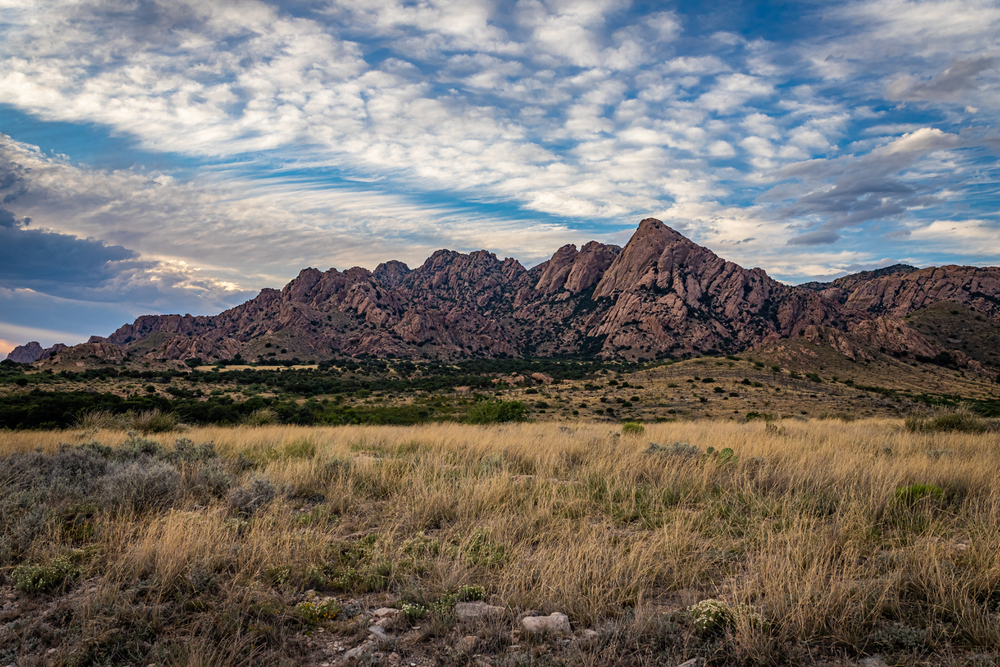
The town ‘Too Tough to Die’ preserves its silver boom heritage through daily gunfight reenactments, period-appropriate saloons, and the famous O.K. Corral where Wyatt Earp and Doc Holliday faced off against the Clanton gang. Original buildings line Allen Street, including the Crystal Palace Saloon and the Bird Cage Theatre, where bullet holes from frontier violence remain visible in walls and ceilings.
Tombstone’s residents embrace their community’s reputation as one of the wildest mining towns in the Old West, with many working in costume year-round rather than just for special events. The combination of authentic historical sites and dedicated reenactors creates an immersive experience where visitors encounter the frontier era through multiple senses rather than just reading plaques.
Fort Laramie, Wyoming

Wyoming’s Fort Laramie began as a trading post in 1834 and evolved into a crucial military installation that protected Oregon Trail travelers while serving as a meeting place for treaty negotiations with Plains Indian tribes. The restored fort includes officers’ quarters, enlisted men’s barracks, and the post trader’s store, where emigrants resupplied before continuing West.
The surrounding community maintains its connection to ranching and agriculture which sustained the fort during its operational years. Modern Fort Laramie feels like a working ranch town where pickup trucks and horse trailers are more common than tour buses, giving visitors a sense of how frontier communities functioned as economic centers rather than just military outposts.
Virginia City, Montana
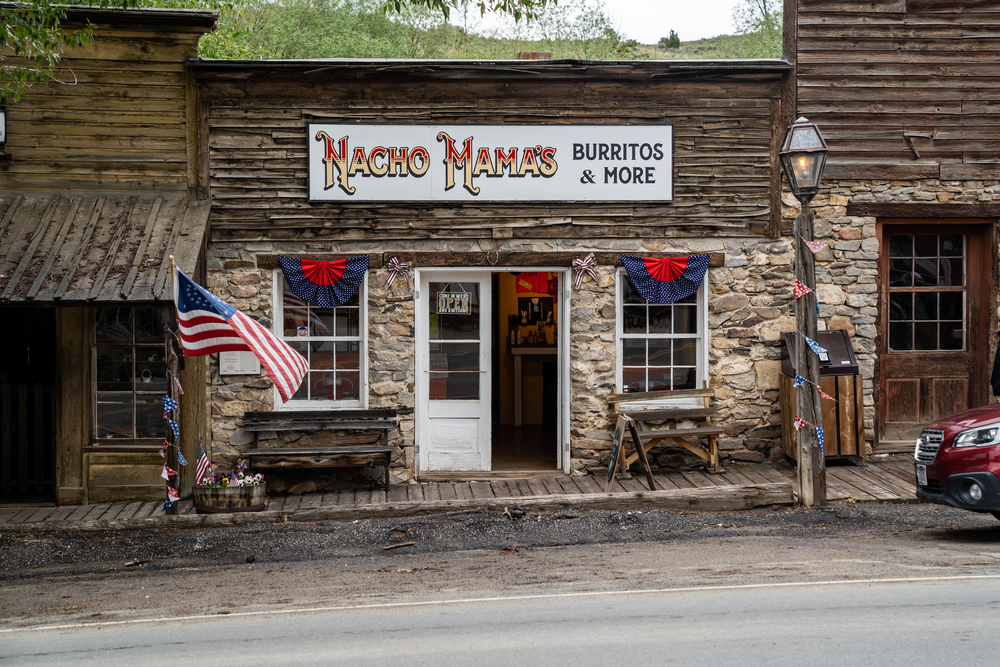
This former territorial capital preserves an entire 19th-century streetscape where wooden boardwalks connect authentic saloons, general stores, and hotels that served gold miners during the 1860s boom. The Montana Heritage Commission operates several historic buildings as museums, while private businesses continue using others for their original purposes—you can still get a drink at the Bale of Hay Saloon or stay overnight at the Fairweather Inn.
Virginia City’s isolation in the Ruby Valley has protected it from modern development that might compromise its historical integrity. The town’s commitment to authenticity extends to details like hitching posts, wooden water troughs, and period-appropriate signage that maintains the illusion of stepping back in time.
Fort Robinson, Nebraska

Nebraska’s Fort Robinson served as a cavalry post from 1874 to 1948, making it one of the longest-operating military installations in the American West and giving visitors insight into how frontier forts evolved over multiple decades. The post’s red brick buildings now house museums, lodging, and dining facilities, while the surrounding Pine Ridge country provides the same rugged landscape that challenged both soldiers and Native American inhabitants.
Fort Robinson’s longevity means it witnessed everything from the Indian Wars to World War II, with preserved buildings representing different eras of military architecture and strategy. The fort’s horse program continues the cavalry tradition with trail rides and wagon tours that let visitors experience the landscape as soldiers would have during patrol duties.
Deadwood, South Dakota
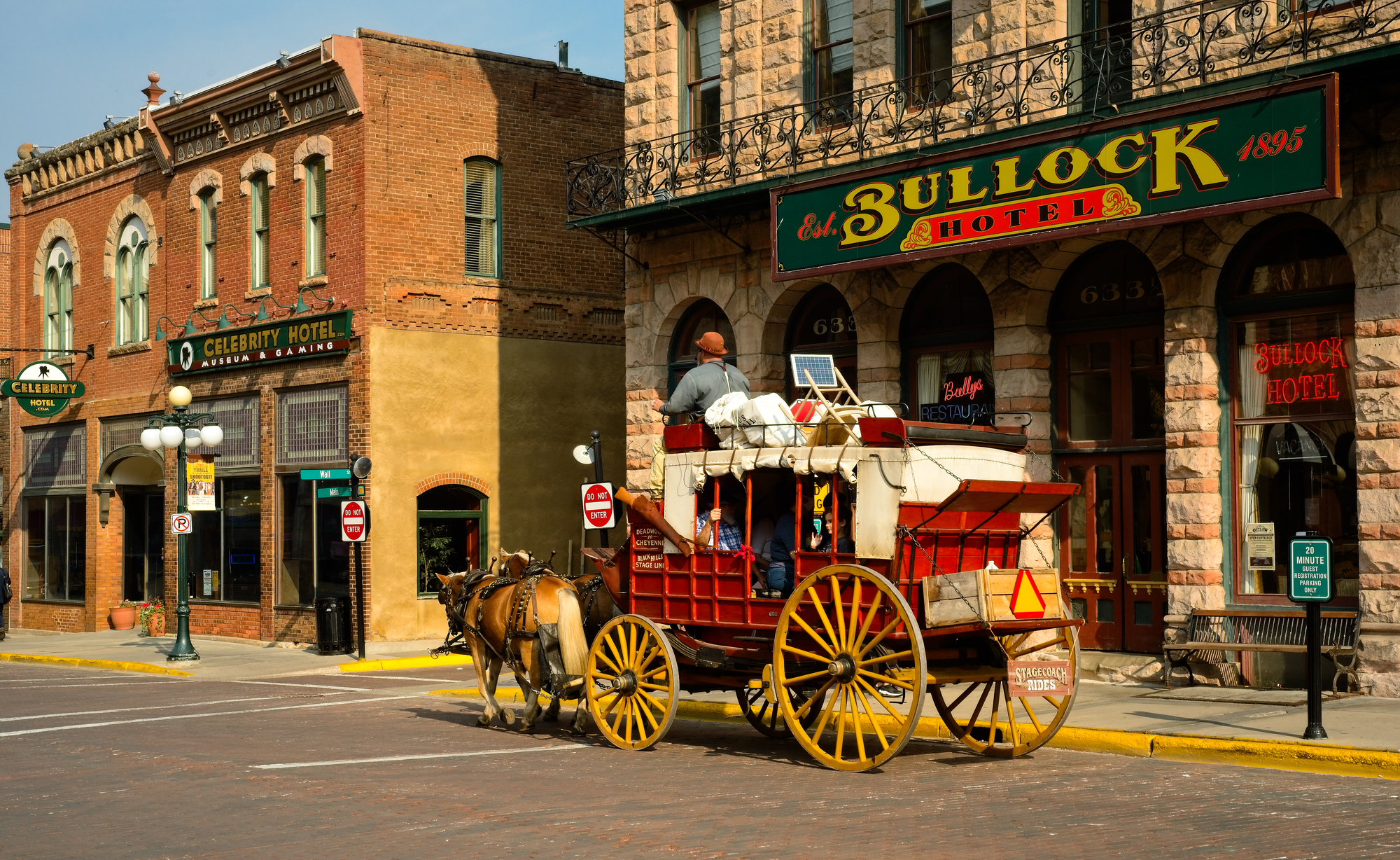
This Black Hills mining town maintains its frontier atmosphere while operating as a modern gaming destination, creating an unusual combination where visitors can play poker in saloons that hosted Wild Bill Hickok and Calamity Jane. The entire downtown area is listed on the National Register of Historic Places, with strict preservation guidelines ensuring that new construction matches 1870s architectural styles.
Deadwood’s commitment to historical accuracy includes period-appropriate street lighting, wooden boardwalks, and horse-drawn carriages that share traffic lanes with modern vehicles. The town’s gambling revenue funds historical preservation and community improvements, proving that frontier heritage can support contemporary economic development.
Fort Verde, Arizona
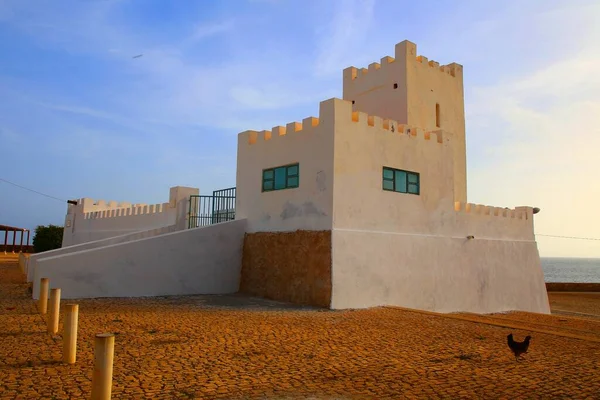
Arizona’s Fort Verde protected settlers in the Verde Valley during Apache conflicts of the 1870s, and the community that grew around the post maintains connections to both military history and ranching traditions that sustained the region after the Army departed. Original fort buildings serve as museums, while the surrounding town reflects the agricultural economy that replaced military payrolls as the primary economic driver.
The Verde River provides irrigation for farms and ranches that continue operating much as they did during the territorial period. Fort Verde’s annual ‘Fort Verde Days’ celebration combines historical reenactments with contemporary rodeo events, demonstrating how frontier communities blend past and present traditions.
Bannack, Montana

Montana’s first territorial capital exists today as a remarkably preserved ghost town where more than 50 structures remain standing exactly as prospectors and merchants left them when the gold played out. Bannack State Park protects the entire townsite while allowing visitors to walk through buildings that include Skinner’s Saloon, the Methodist Church, and the territorial jail where Sheriff Henry Plummer may have been held before his execution.
The town’s remote location in Beaverhead County has prevented vandalism and development that destroyed many other mining camps. Bannack offers an unfiltered look at frontier life because it was abandoned rather than modernized, preserving details like newspaper fragments, broken bottles, and handwritten signs that provide intimate glimpses of daily life during the 1860s gold rush.
Fort Union, New Mexico
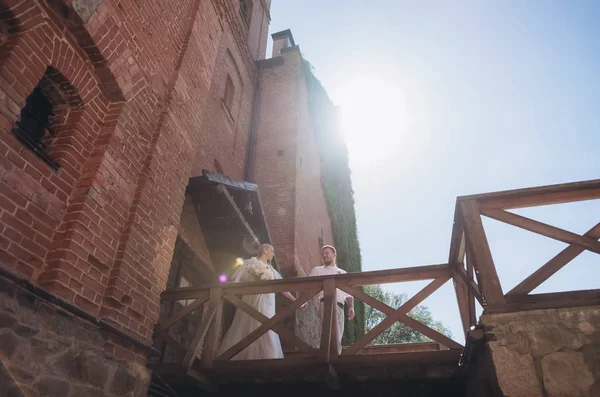
This frontier trading post on the Santa Fe Trail served as the military’s primary supply depot for the Southwest while the surrounding community developed as a cultural crossroads where Hispanic, Anglo, and Native American traditions merged. The fort’s ruins include officers’ quarters, enlisted men’s barracks, and warehouses that stored goods destined for military posts throughout the region.
Modern Las Vegas, New Mexico, maintains its connection to this multicultural heritage through architecture, cuisine, and cultural events that reflect the area’s complex frontier history. The combination of military ruins and living communities creates opportunities to understand how frontier settlements functioned as both defensive positions and economic centers.
South Pass City, Wyoming

This Oregon Trail supply town boomed during the 1860s gold rush before declining into a remarkably preserved frontier village where wooden buildings remain exactly as merchants and miners left them. South Pass City State Historic Site protects 23 original structures, including the Sherlock Hotel, Smith-Sherlock General Store, and the cabin where Esther Hobart Morris advocated for women’s suffrage.
The town’s elevation of 7,800 feet and harsh winters contributed to its abandonment but also preserved wooden buildings that would have deteriorated in more hospitable climates. South Pass City provides insight into how quickly frontier communities could boom and bust while leaving behind tangible evidence of their brief but intense existence.
Fort Stockton, Texas
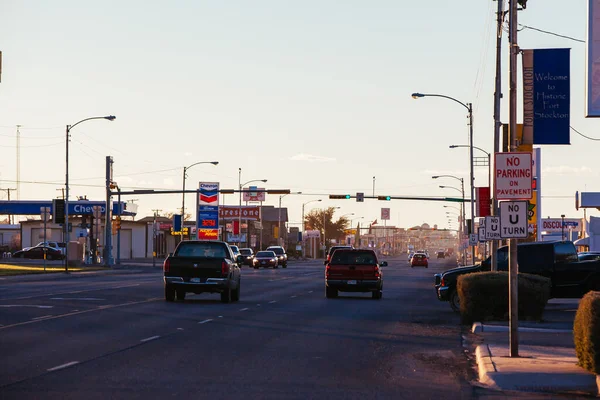
This West Texas community grew around a frontier fort that protected travelers on the San Antonio-El Paso road while serving as a base for buffalo soldier units patrolling the Chihuahuan Desert region. Original fort buildings remain integrated into the modern town, with the officers’ quarters serving as a museum and the enlisted men’s barracks housing community organizations.
Fort Stockton’s location at the intersection of major frontier trails made it a crucial stopping point where different cultures interacted through trade, military service, and settlement. The town maintains its connection to ranching and oil production, which represent economic evolution from its frontier origins, while preserving military buildings that tell the story of territorial expansion.
Cody, Wyoming
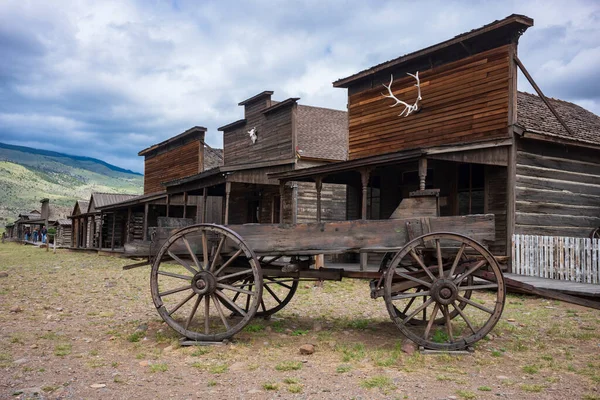
Founded by Buffalo Bill Cody in 1896, this community was designed from the beginning to embody frontier ideals while serving as a gateway to Yellowstone National Park and a center for ranching operations. The Buffalo Bill Center of the West houses world-class collections of Western art, firearms, and Plains Indian artifacts, while downtown businesses maintain turn-of-the-century architecture and Western themes.
Cody’s nightly summer rodeo continues traditions that Buffalo Bill promoted through his Wild West shows, making the town a place where frontier entertainment evolved into modern Western culture. The community’s location between the Absoroka Mountains and Bighorn Basin provides the same dramatic landscape that attracted both Native American inhabitants and European-American settlers.
Fort Concho, Texas

San Angelo grew around Fort Concho, which protected frontier settlements and served as headquarters for buffalo soldier regiments patrolling West Texas during Reconstruction and the Indian Wars. Twenty-three original fort buildings remain intact, including officers’ quarters, enlisted men’s barracks, and the post-hospital where military medicine was practiced on the frontier.
The surrounding community maintains connections to ranching and agriculture that sustained the region after the military departed, with the town’s economy still tied to livestock and agricultural products. Fort Concho’s preservation as a National Historic Landmark ensures that visitors can experience authentic military architecture while understanding how frontier forts functioned as economic as well as defensive centers.
Dodge City, Kansas
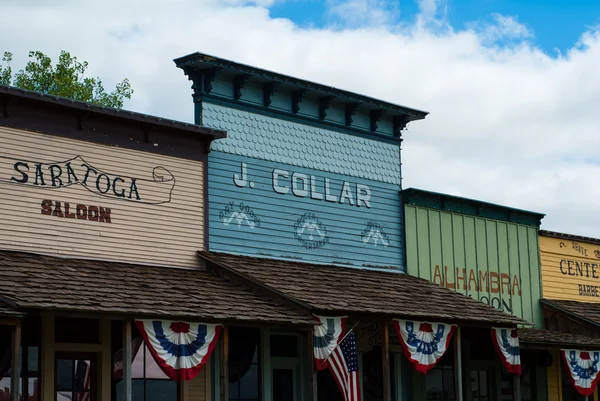
The “Wickedest Little City in America” served as a railhead for Texas cattle drives while Fort Dodge provided military protection for travelers on the Santa Fe Trail and buffalo hunters working the Great Plains. Boot Hill Museum preserves the Long Branch Saloon and other frontier businesses, while daily gunfight reenactments bring the town’s wild reputation to life.
Dodge City’s agricultural economy continues to reflect its origins as a cattle town, with modern feedlots and processing plants occupying the same role that stockyards played during the 1870s. The combination of authentic historical sites and continuing agricultural traditions demonstrates how frontier communities evolved while maintaining connections to their origins.
Fort Davis National Historic Site, Texas
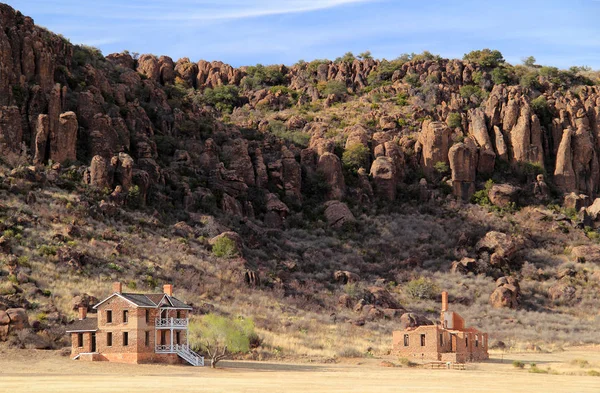
The military post that protected mail routes and travelers through West Texas operated from 1854 to 1891, making it one of the best-preserved examples of a frontier cavalry fort in the American Southwest. Stone buildings constructed by military engineers remain in excellent condition due to the desert climate and ongoing preservation efforts by the National Park Service.
The surrounding community of Fort Davis maintains its connection to the fort’s history while adapting to modern tourism and astronomical research at the nearby McDonald Observatory. This combination of military history, frontier heritage, and scientific research creates a unique community where past and present complement each other rather than compete for attention.
Virginia City, Nevada

The Comstock Lode created one of the richest mining districts in American history, and Virginia City preserves its boom-town heritage through authentic 19th-century architecture and businesses that continue operating in frontier-era buildings. The Fourth Ward School serves as a museum, while St. Mary’s in the Mountains Catholic Church continues holding services in a building constructed during the Silver Rush.
Virginia City’s location on the slopes of Mount Davidson provides the same challenging terrain that tested miners, merchants, and residents during the 1860s and 1870s boom years. The town’s commitment to preserving wooden boardwalks, period storefronts, and gas-lit streets creates an authentic frontier atmosphere that goes beyond typical tourist attractions.
Fort Scott, Kansas
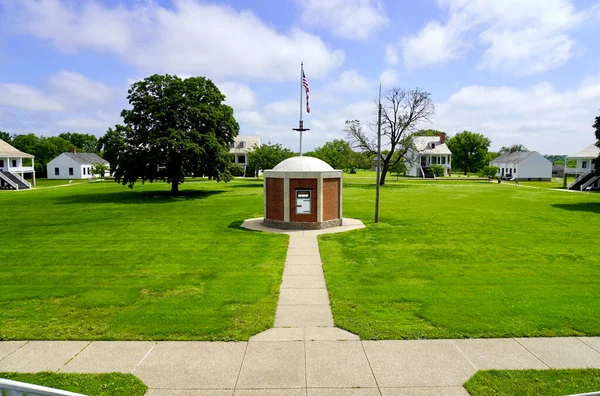
This frontier military post protected the Kansas-Missouri border during territorial conflicts while serving as a supply depot for Western expansion and a headquarters for buffalo soldier regiments. Restored fort buildings include officers’ quarters, enlisted men’s barracks, and the post-hospital, where frontier medicine was practiced under challenging conditions. The surrounding community evolved from a military town into a railroad center that connected Eastern markets with Western resources.
Fort Scott’s preservation as a National Historic Site ensures that visitors can experience authentic military architecture while understanding how frontier forts influenced the development of entire regions through their economic and strategic importance.
Living History Continues

These frontier fort towns demonstrate that the Old West wasn’t just about gunfights and gold rushes—it was about communities adapting to challenging environments while building the foundations for modern American society. From buffalo soldiers protecting mail routes to merchants supplying emigrants, from territorial governors establishing laws to ranchers developing sustainable industries, these communities tell stories of cooperation and conflict that shaped the national character.
Their preservation ensures that future generations can experience firsthand the places where American expansion became American settlement.
More from Travel Pug

- Cities Growing so Fast You Won’t Recognize Them in 10 Years
- 13 Destinations Where Tourists Regularly Regret Their Trip
- 16 U.S. Cities That Are Quietly Becoming Travel Hotspots
- Where to Travel If You Love Long Bus Rides and Daydreams
- 20 Cities Perfect for Solo Travelers Who Crave Adventure & Culture
Like Travel Pug’s content? Follow us on MSN.
